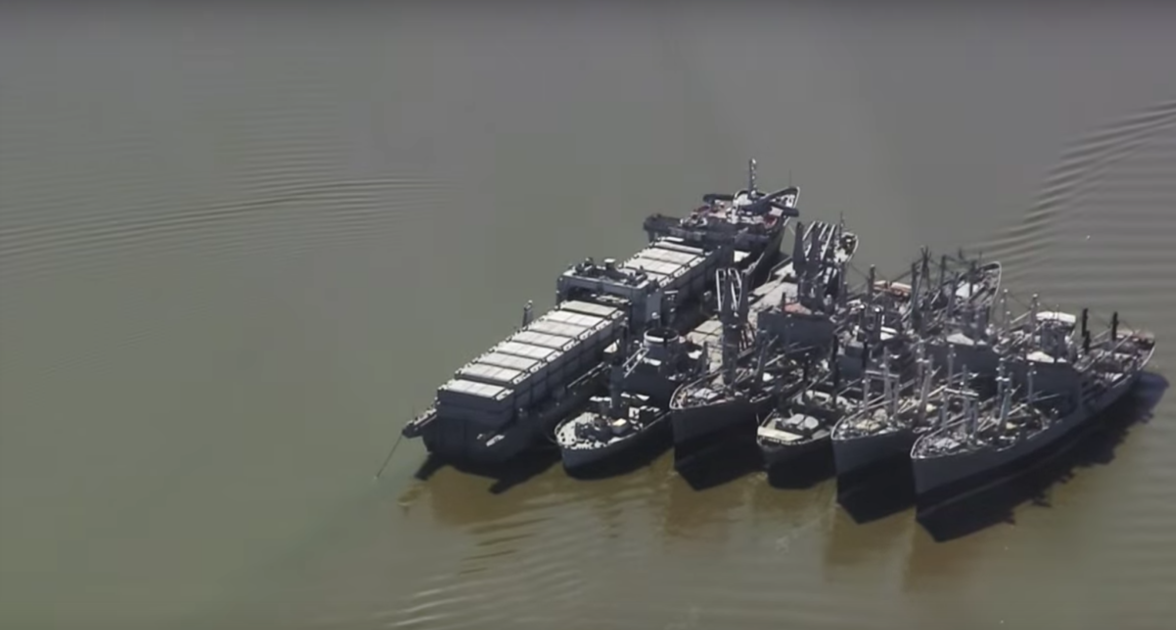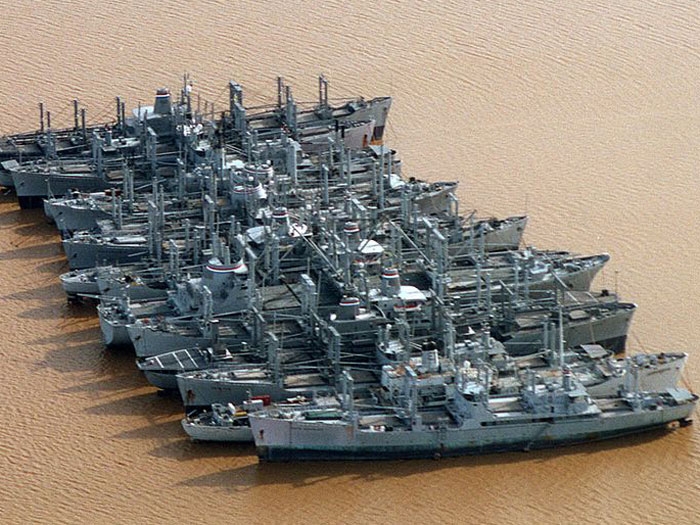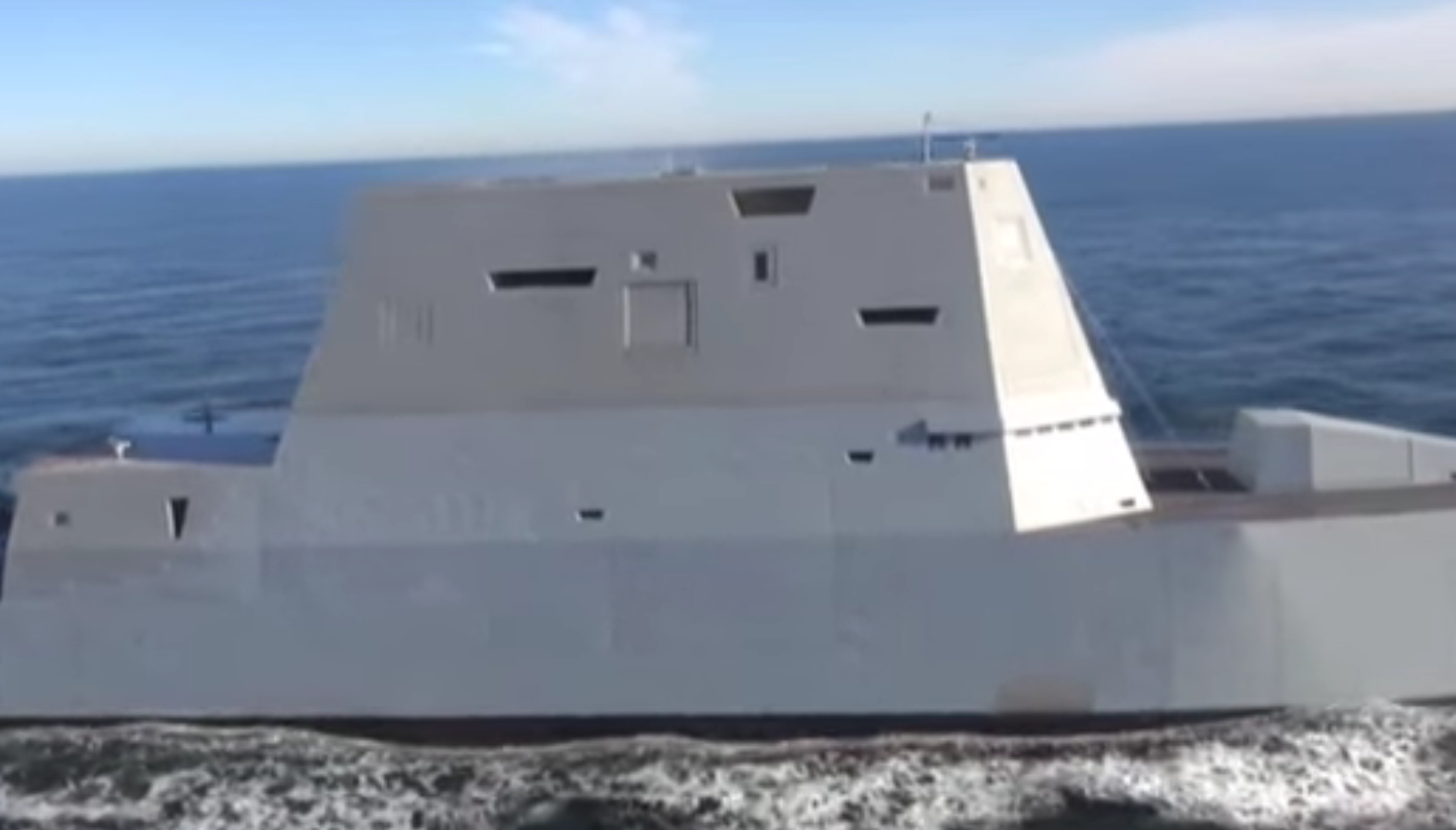WILL BLUE GAS REPLACE ELECTRIC VEHICLES
A Helios Ruehls,Inc. Report
 NASA IMAGE
NASA IMAGE
Right now we notice that several syndicated stock market "advisers "are "all in" for "Blue Gas", some calling it the "Telsa Killer" some are predicting up to 1000% gains in share prices and huge dividends in the near term.
Supposedly "Blue Gas" technology"will drive electric automobiles off the market long before electric vehicles have achieved their anticipated market share. Helios Ruehls, Inc. is "Net worked skunk works". We maintain a net work of researchers and academics who may be stock owners in our corporation but are not employees, As we seek research assignments and grants in the usual manner of a "skunk works" we are not supporting a lab or staff during our "dry spells". When we need a lab one or more of our "Fellows " provide us with access to their labs in the two universities that we have dealt with so far. With virtually no fixed overhead what do we do with the corporate funds between grants and paid research assignments? We invest it in our "endowment fund". This is a stock market based fund that we maintain and grow to help provide for an eventual expanded fixed over head when revenues are slow. We are constantly watching the realm of high tech common stocks for bargains. Our philosophy in investing in high tech stocks is quite different from those of most well known market analysts.
So with all the hype over "Blue Gas" we aren't jumping in because it doesn't meet our institutional investment criteria. We don't give stock market trading advice we only explain our investment philosophy on different technologies. If you have the time and expertise to "time the market" our decisions tend to run opposite yours. Our "endowment fund" is doing just fine without the big ups and downs of the market. Of course if you are a"day trader" dependent on buying low and selling high, our philosophy won't work for you.
Many ordinary people out there have tried the time the market approach but find they can't devote the necessary time to it and all too often miss out on the gains and take a fast slide to the bottom. Some ordinary people may be more comfortable with our investment philosophy though it is institutional in nature. Here we share that philosophy and apply it to the emerging "Blue Gas" technologies. Our investment philosophy in a nut shell.
1. We don't want to hold for ten minutes any stock that we'd be uncomfortable holding for ten years.
2, We do buy some stocks in very well researched companies with real staying power and potential for growth in stock prices but little or no dividends. Our intention is to buy low and sell high but OVER THE YEARS.
3. When we do have profit from the sale of one of our rising common stock prices companies we invest that money in reliable high dividend stocks. Where possible those dividends go toward buying more stock. But we trying to raise revenues to pay for fixed overhead so eventually we will take those dividends when needed to cover fixed overhead when research assignments and grants (sales) are low.
4. When acquiring any stock (expected rising common share prices or dividends) we look at the corporate fundamentals and history. Even a very new company may have good fundamentals in terms of product or service, protected place in the market, sound financial management . etc.. We buy and hold, on a long term but not forever. We stay away from stocks that require daily or weekly attention to make a profit from.
SO HOW DO WE APPLY THIS INVESTMENT PHILOSOPHY TO THE BLUE GAS INDUSTRY?
FIRST WHAT "BLUE GAS" IS AND ISN'T:
"Blue Gas is simply uncarburated water gas burning with a non luminous flame. It is in use already mostly as a synthesis gas and source of hydrogen.
DON'T GET CONFUSED:
"Blue Gas" is completely different from the older "Blau Gas" named after its inventor Hermann Blau of Germany. No longer in widespread use it was an illuminating gas created by decomposing mineral oils which by a heating and compressing process created Naptha.
 |
| Chemist Hermann Blau, inventor of the so called "Blaugas".(PD) |
TODAY'S "BLUE GAS":
"Today's "Blue Gas"is part of the long anticipated "Hydrogen Engine Revolution". It sometimes generates media hype as "fuel from water". There is also a lot of hype generated for "Blue Gas" as a hydrogen generator. The great hope is that since this fuel is made from two of the most common elements on earth (water and hydrogen) that it will be dirt cheap when it comes to powering vehicles. This may eventually be so, but right now and into the foreseeable near future there are technological, distribution and manufacturing costs issues to be resolved.
However the first Blue Gas distribution companies are appearing , as are the first vehicles to be powered by this new fuel. Most of these vehicles are in commercial fleets serving metropolitan areas similar to the vehicles using propane and other novel fuels. These vehicles are not on the highway as they are dependent on a fuel source that they can only get at the home base supplier, restricting long distance travel.
By contrast the electric vehicles that some stock analysts expect the blue gas vehicles to run out of the market can find electricity anywhere and the existing fuel and service centers around the nation and world are gearing up for them with metered out lets, a minor modification of existing service centers since all have electricity already. We believe that the improvements in automotive electrical propulsion technologies including the hybrids ( gas and electrical propulsion) are about to take off and will have many years of market success. These vehicles have proven reliability and economy of operations and the ability to get fuel within the existing automotive infrastructure. Consider that the Hydrogen Council believes that there will be about 5,000 hydrogen filling stations globally by 2030. By comparison there are about 150,000 conventional filling stations in the United States alone able to service with little or no new investment, gasoline, diesel, and electric vehicles. Will "Blue Gas vehicles" eventually become dominant? Maybe but they are at least 10 years away from a real start into the mass market. NA based on 5,000 refueling stations globally it appears to us that the market in 10 years will include some well planned commercial truck routes but even then Blue Gas vehicles will not enjoy the freedom of the Interstates or be very useful except for servicing cargo "Hub facilities". The final delivery to the door of the consignee will still be by engines in common usage today.
 It will be another 10 years before "Blue Gas"long haul vehicles will be in use and then only on special routes.
It will be another 10 years before "Blue Gas"long haul vehicles will be in use and then only on special routes.
What of the promise of "Cheap Fuel"? No matter how inexpensive the raw materials (water and hydrogen), no one can sell any fuel for less than the costs of production and distribution. Those costs are emerging but far from fully known at the moment.
So hydrogen is the most abundant element in the universe. That's a fact. Moreover the hydrogen fuel cell reaction product is water. Finally it is a fact that there is an ongoing effort to overcome the technical, operational and economic difficulties of hydrogen propulsion. Helios Ruehls Inc. thinks it is more than 10 years before it is any more than a growing list of alternatives to oil driven and nuclear power it’s not going to happen overnight. Still, some stocks are now showing some progress. Ballard Power Systems (BLDP
is up from about $3 to about $8 over the past year) Plug Power (PLUG ,is up from about $1.30 to about $3.20 over the same period).
These are not the 1,000% gains that some stock analysts are predicting.If any such phenomena appears we think it will be a result of hype and will be very short lasting. Day traders can afford to watch such an investment like a hawk and sell just before the crash. Money made on timing a hype driven stock price is just as real as a value driven price rise, but the value driven price rise is here to stay long term. Fail to hit the mark just right with the hype driven stock and you could lose your "investment" which we see as closer to a bet than an investment, but then of course there are professional gamblers who make a good livings placing bets. We can make no recommendations but believe that some emerging companies like Ballard and Plug exhibit the kind of growth that is realistic,and some survivability over time. These things could be a sign of good fundamentals within these but their recent rise in stock prices could also be influenced by the current hype surrounding "Blue Gas". If you care to research this market you will find a list of companies making or distributing "Blue Gas" or equipment associated with its production and distribution at
Wikipedia: https://en.wikipedia.org/wiki/List_of_fuel_cell_manufacturers.
Again we are not stock market analysts but we do analyze stocks at least weekly for inclusion in our endowment fund portfolio. Our investment philosophy is very conservative. Probably too conservative for most people. But it works for us and may work for those of you who want to stay away from "day trading". We firmly believe that any investment portfolio should contain some stocks. We also believe that the stock market must be approached like a casino. When you enter the gambling casino there seems to be no limit of random number generator games like the slot machines. Your chances of beating these random number generator games are about the same as being struck by lightening in your living room. However Black Jack can be a money maker for the skilled , its also a random number generator but within a limited range that once you understand how to play the averages you are more likely to win than to lose, though if you are noticed winning too often you will find yourself banned from the casino. The great casino that is the stock market will never ban you for consistently winning. But you must develop skills to play the stock game. Look for the fundamentals. Our view of "Blue Gas" is that most of the companies haven't quite been in the game long enough to really judge their management fundamentals, and the product while extremely promising will not be the overnight "Telsa Killing", technological revolution that the present hype is propelled by. Now would be a good time to buy "Blue Gas" stocks if you could predict which companies will still be around 10 years from now. Some potential winners are emerging, but we don't perceive them clearly yet.
 William H. Toohey III AFNI
Toohey Marine LLC
Master Unlimited
ISO 9001:2015 Lead Auditor Class
William H. Toohey III AFNI
Toohey Marine LLC
Master Unlimited
ISO 9001:2015 Lead Auditor Class






